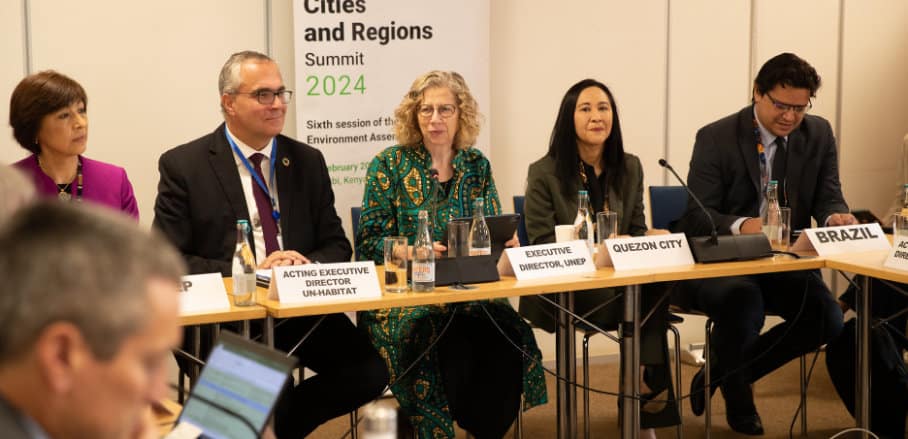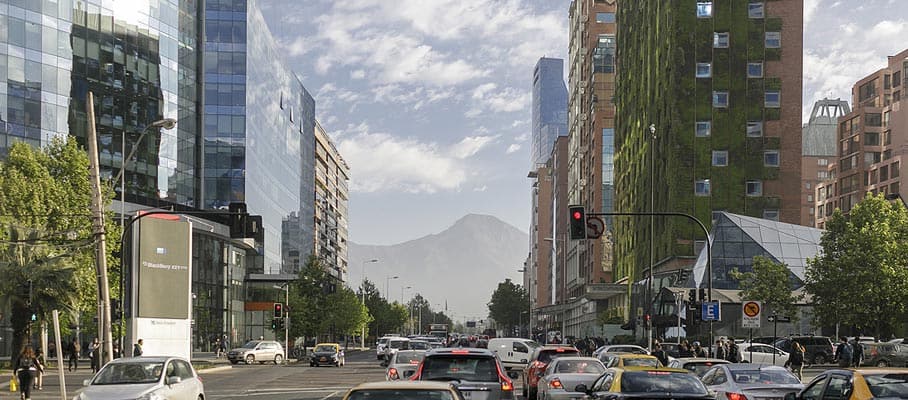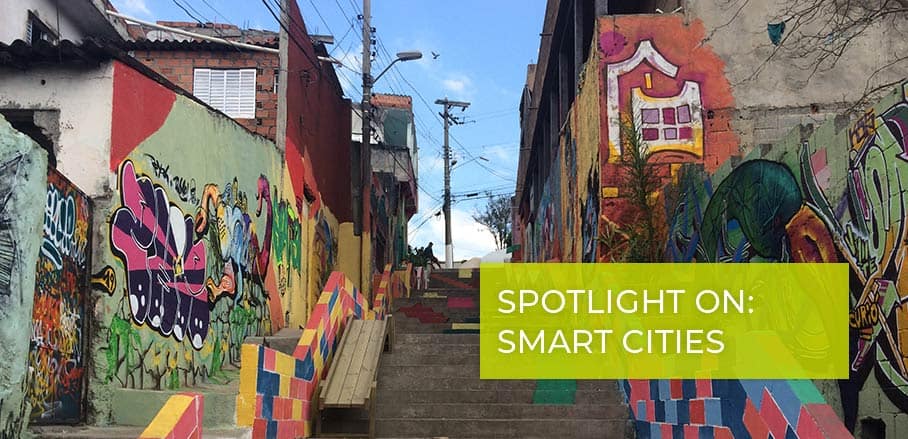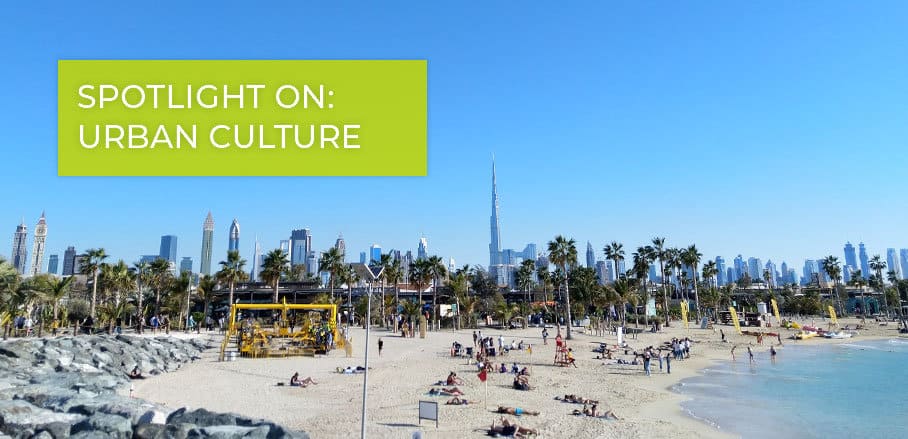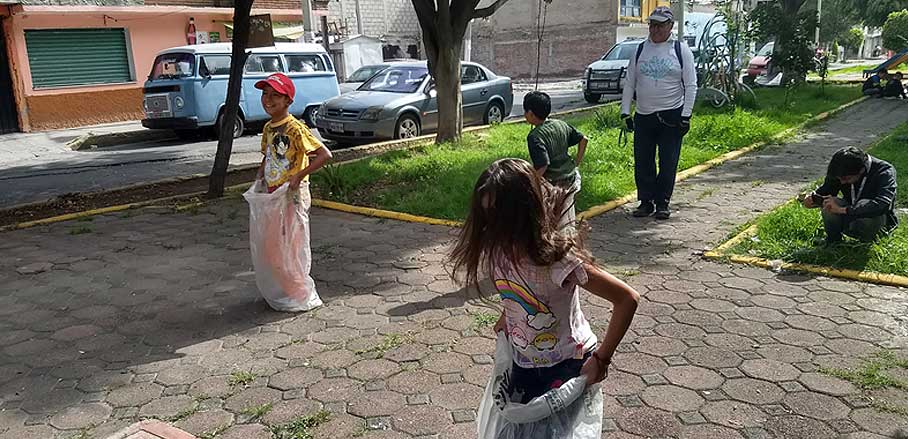Where the Rubber Hits the Road: Localising Climate Action in Cities
Since COP28 in Dubai in December 2023, the role of cities and local governments in implementing climate and sustainability goals has come to the forefront. At the recently concluded United Nations Environment Assembly (UNEA 6) in Nairobi, the Cities Summit on February 23rd focused on localising climate action, Laura Puttkamer reports.
